‘Datun’ to ‘Kulhad’: 10 Things Our Grandparents Used That We Need to Bring Back
Sipping steaming chai in a Kulhad while the grandmother stitched cloth bags and mother ground ginger and chilli paste on a silbatta surely remains a favourite childhood memory for many.

For the longest time, I failed to understand why my grandmother used a matka (clay pot) over a water purifier, or a silbatta (grinding stone), when she could have easily used a mixer-grinder. She stuck to traditional methods even as the world swiftly adapted to convenient and cheap technological advancements.
Was she rigid or simply ignorant?
With the environmental crisis taking over our planet at a fast pace, and the world going back to its ‘roots’ to undo the damages of advancements, I can’t help but feel proud of sustainable means that my grandmother continues to use.
What makes some of the items more special are their nostalgic value. I think of the way we had to touch the silbatta to our foreheads as a mark of respect if our feet accidentally touched it, and other childhood memories.
Here are ten forgotten items that reek of happiness and nostalgia:
1. Kulhad

Remember the scene in Swades when Shah Rukh Khan’s character Mohan purchases water on a railway station? The kid hands over a kulhad made from mitti (clay). Unfortunately, that is the closest I came to a kulhad as an urban dweller.
But this kind of crockery has been an integral part of our culinary repertoire. Also known as ‘bhar’, ‘kulhar’ and ‘shikora’, these traditional handle-less clay cups are predominantly found in India and Pakistan.
Though unpainted, these cups hold a special value, especially for tea lovers. Often, my Bengali friends take pride in drinking steaming chai in earthen cups that are meant to be disposed of. Back in the days, artisans would make bhars from clay dug out of the Ganga river.
Over the years, these humble eco-friendly cups have been replaced with plastic or paper cups. However, the good news is they are now making a comeback. Last year, Railway Minister Piyush Goyal had announced that the IRCTC would use locally produced, environmentally-savvy terracotta products like ‘kulhads’, glasses, and plates while serving passengers at the Varanasi and Rae Bareli railway stations.
Read more about the advantages of kulhad here.
2. Silbatta

This is a special gadget that can be found in every desi household.
From grating coconuts, red chillies, ginger, raw mangoes, coriander seeds to saffron strands, silbatta or the ‘desi mixer grinder’ comes handy.
“It is the mothership of cold processing and retains all the nutrients and essential oils which tend to destabilise with modern mixers and grinders due to high heat generation. You can choose the consistency from coarse to a fine paste. And there is a generous amount of blending along with grinding. Lastly, you get an excellent upper body toning. My chutneys taste far better, and spices have a different note when prepared on the Sil,” writes Varuna Rao of Beyond Nutrition.
The silbatta not only holds the earthen essence and releases a distinct aroma but also saves energy that an electric mixer-grinder uses, thus making it a pro-environment item.
3. Neem Twigs Over Plastic Toothbrushes
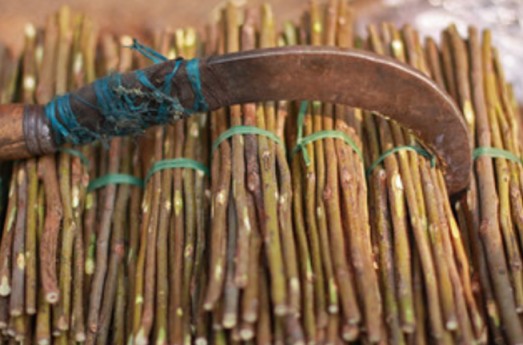
We all know of someone who still prefers using bitter datun (neem twigs) over fancy plastic toothbrushes. For those who are unfamiliar with this eco-friendly and healthy alternative, twigs from the neem tree (Azadirachta Indica) are chewed till they start shedding bristles.
There are scientific and healthy reasons behind turning to neem to brush teeth, a plant considered to have medicinal and healing properties.
“Neem has strong anti-bacterial and anti-microbial properties, which is why perhaps the practice of brushing teeth with neem datun is still so popular in the interiors of India,” Consultant nutritionist Dr Rupali Datta tells NDTV.
It also keeps germs at bay, whitens the teeth, and maintains oral hygiene.
With 150 million plastic toothbrushes discarded in India every month, causing heavy pollution, switching to the traditional datuns isn’t a bad idea after all.
4. Sal or Banana Leaves
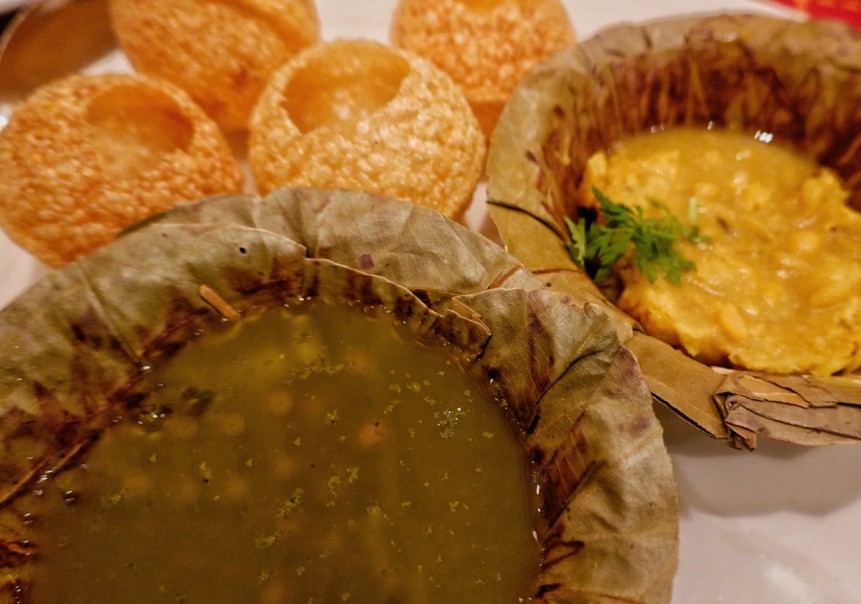
The joy of gorging on pani puris or relishing sadhya (an authentic Malayali thali) in a dry sal leaf cone is unmatched.
Sal leaves (patravali, pattal, vistaraku, vistar or khali) are used to make plates and bowls by stitching them with wooden sticks. They had a strong presence in urban areas, which made way for plastic cutlery. Fortunately, some tribal areas preserved this practice.
This handcrafted tableware has a natural aroma of dried or fresh green sal leaves that accentuates the taste of the food served in it.
Evoking nostalgia and advocating sustainability, banana leaves are said to have several health benefits. They have anti-oxidant properties and contain polyphenols (the same compound present in green tea), that improves cell health and digestive system.
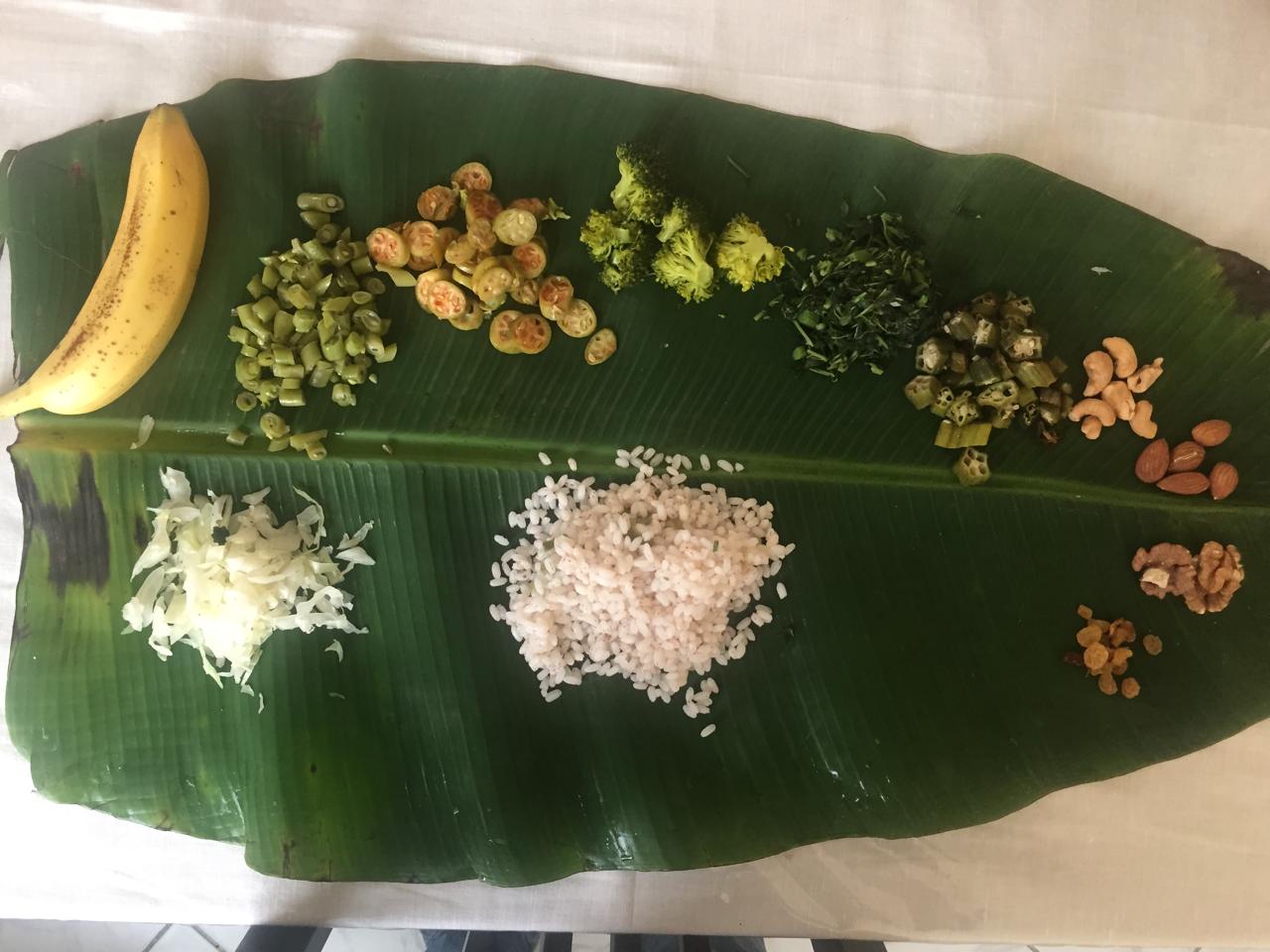
In Kerala, the city corporation of Thiruvananthapuram is aiming to eliminate single-use containers to deliver food and replace them with this green alternative for food packaging. These leaves are a classic example of how nature provides us with everything in abundance, and yet we go looking for items that ultimately harm the ecosystem.
Read how this IAS officer is bringing back sal leaves to empower tribal women in Odisha.
5. Thela Jute Sacks

In 2018, when the Maharashtra government was directing plastic manufacturers to introduce a buyback policy to cut down on plastic pollution, I was instantly transported to my childhood days. I have minted money from jute sacks or gunny bags.
As a child, I would eagerly wait for our Kirana store to deliver food grains like rice and wheat in what we call a ‘gonis’ every month. They had a buy-back policy and would give us Rs 5 on returning the sacks.
“Enter a supermarket, and all you can see are shelves filled with items packed in plastic. The transition from purchasing food grains in jute sacks to buying smaller quantities in plastic bags is such an eyesore,” says 48-year-old Kalpana Shah, a homemaker from Ahmedabad.
With the ever-increasing plastic generation, this is an excellent time to ensure gunny bags do not go extinct and that the future generations get a chance to participate in a sack race.
6. Cloth Bags
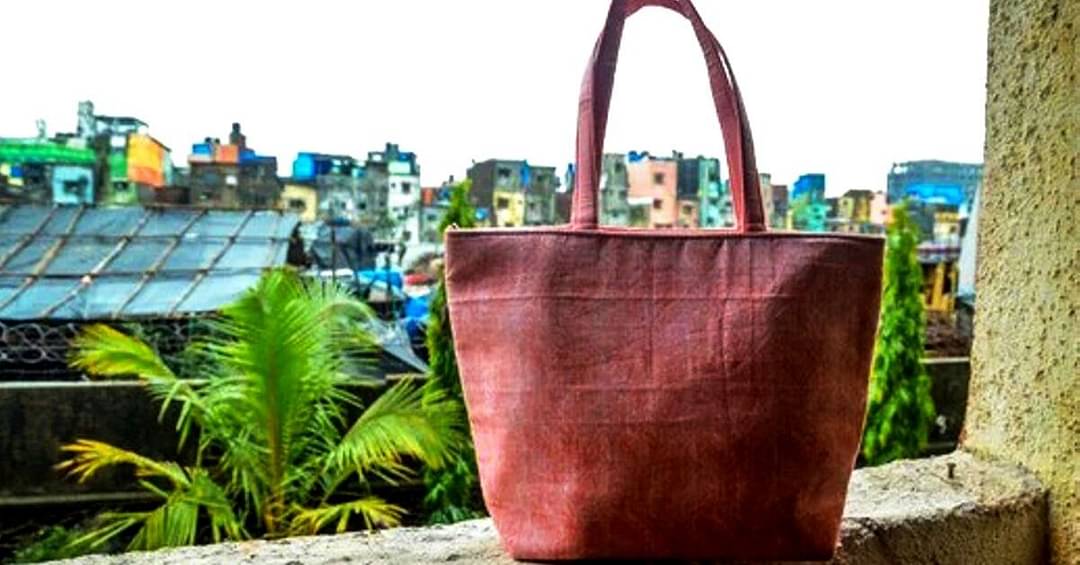
Remember the time when grandmothers across India would quickly make colourful and sturdy bags on their sewing machines from old sarees and pants?
Before we were bombarded with single-use plastic carry bags, our elders used cloth bags by repurposing old or torn clothes. Whether it was for buying vegetables or groceries or using them as a purse, these cloth bags came handy.
This lockdown may be the perfect excuse to upcycle clothes you no longer use and stitch them into cloth bags. This way, you can preserve your memory and take a sustainable step.
7. Milk Steel Containers
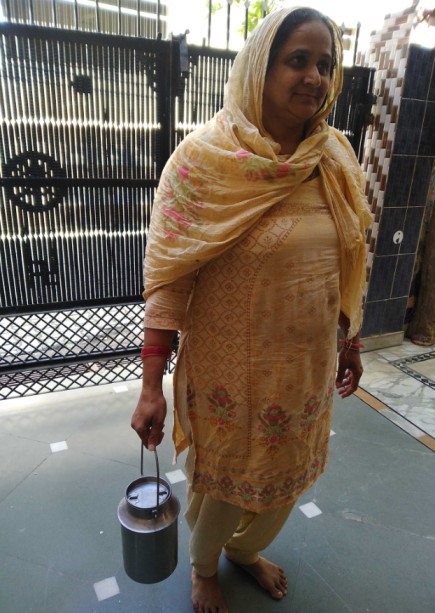
Marching to a nearby dairy armed with a steel jug along with friends is probably my most cherished childhood memory.
However, like most good things in life, the practise of walking to your nearby dairy or milk ATM has ceased in most parts of the country. Milk pouches, made of food-grade plastic and low-grade recyclables, are the present norm.
Without any buy-back policy systems, these same pouches can be seen lying in landfills. To do away with this menace and bring back the old practice of steel utensils for buying milk, Odisha’s Ganjam district administration installed a milk vending machine last August. Read more here.
We hope more such administrations follow suit.
8. Kansa Utensils
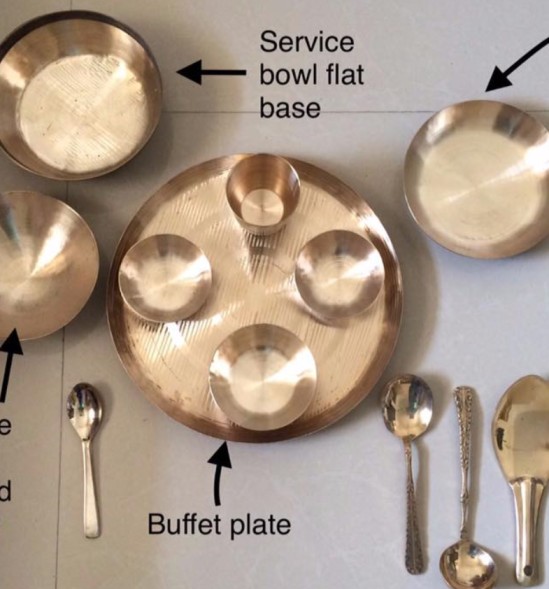
Speaking of milk steel containers, remember Kansa utensils or plates made from bronze or bell metal?
Kansa, an alloy of 78 per cent copper and 22 per cent tin, was specially reserved for guests back when china plates were alien.
The idea was to give a wholesome eating experience to our atithis (guests). Kansa utensils are said to have Ayurvedic and medicinal properties which help in enhancing gut health. They also relieve stress and boost immunity.
Besides, water remains fresh if stored in kansa.
9. Coconut Coir Dishwashing Scrubs
Scrubbing pads made of natural coconut coir and rubber makes for a sustainable alternative to steel wool and synthetic scrubbers. They offer thorough cleanliness by removing grease and food particles effectively.
Using a combination of sand and coconut fibre to scrub dishes is a common practice in rural India. Since the fibre has no chemicals or plastics, it is easily disposable and can be safely added to your compost bin after use. It can also be used as mulch in your garden.
Read how liquid dishwashing soaps are harmful and why you should switch to coconut coir scrubs here.
10. Coconut Palm Brooms
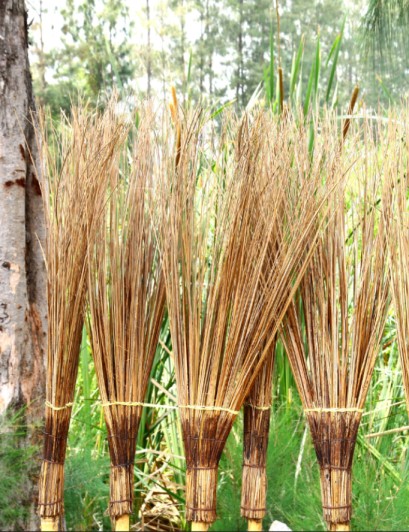
Made from coconut palm branches by skilled craftsmen, coconut palm brooms last longer than their synthetic counterparts. They are sturdy and suitable for indoor as well as outdoor cleaning, whether leaves, snow, water, mud, or dust. These brooms are also on the verge of extinction, killing not only the concept of reusing but also affecting the livelihoods of tribal and rural people.
There are several DIY articles and videos online to make your zero-cost broom at home.
Featured image source: Food For Foodies/YouTube
(Edited by Shruti Singhal)
If you found our stories insightful, informative, or even just enjoyable, we invite you to consider making a voluntary payment to support the work we do at The Better India. Your contribution helps us continue producing quality content that educates, inspires, and drives positive change.
Choose one of the payment options below for your contribution-
By paying for the stories you value, you directly contribute to sustaining our efforts focused on making a difference in the world. Together, let’s ensure that impactful stories continue to be told and shared, enriching lives and communities alike.
Thank you for your support. Here are some frequently asked questions you might find helpful to know why you are contributing?


This story made me
-
97
-
121
-
89
-
167











